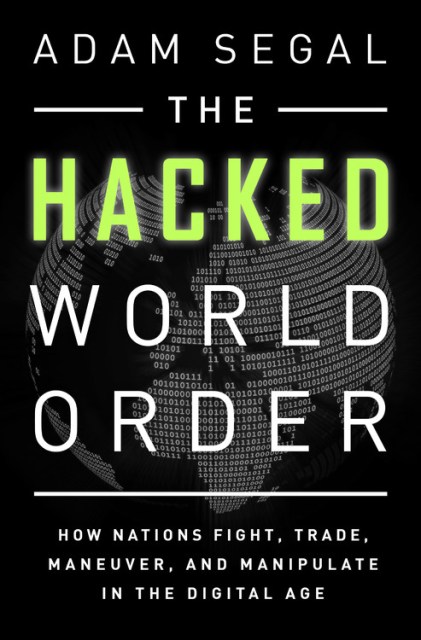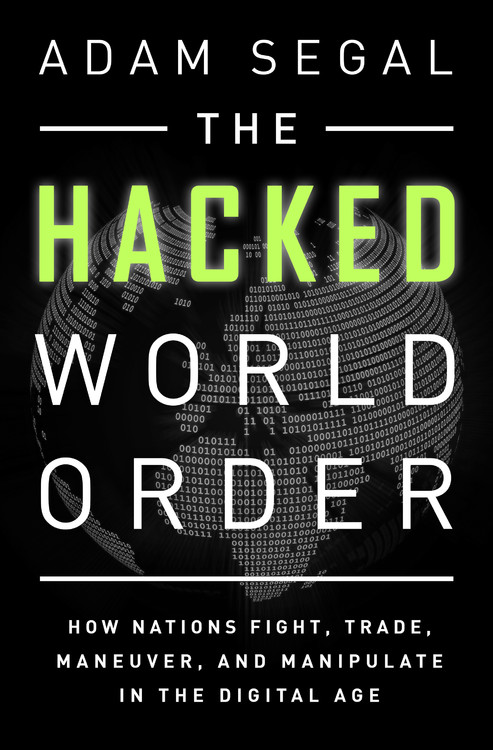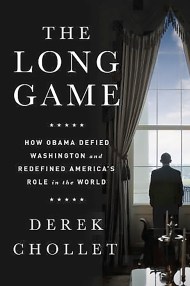Promotion
Use code BEST25 for 25% off storewide. Make sure to order by 11:59am, 12/12 for holiday delivery!
By clicking “Accept,” you agree to the use of cookies and similar technologies on your device as set forth in our Cookie Policy and our Privacy Policy. Please note that certain cookies are essential for this website to function properly and do not require user consent to be deployed.
The Hacked World Order
How Nations Fight, Trade, Maneuver, and Manipulate in the Digital Age
Contributors
By Adam Segal
Formats and Prices
- On Sale
- Sep 26, 2017
- Page Count
- 384 pages
- Publisher
- PublicAffairs
- ISBN-13
- 9781610398725
Price
$24.99Price
$31.99 CADFormat
Format:
- Trade Paperback $24.99 $31.99 CAD
- ebook $12.99 $16.99 CAD
This item is a preorder. Your payment method will be charged immediately, and the product is expected to ship on or around September 26, 2017. This date is subject to change due to shipping delays beyond our control.
Buy from Other Retailers:
But 2012 marked a transformation in geopolitics and the tactics of both the established powers and smaller entities looking to challenge the international community. That year, the US government revealed its involvement in Operation “Olympic Games,” a mission aimed at disrupting the Iranian nuclear program through cyberattacks; Russia and China conducted massive cyber-espionage operations; and the world split over the governance of the Internet. Cyberspace became a battlefield.
Cyber conflict is hard to track, often delivered by proxies, and has outcomes that are hard to gauge. It demands that the rules of engagement be completely reworked and all the old niceties of diplomacy be recast. Many of the critical resources of statecraft are now in the hands of the private sector, giant technology companies in particular. In this new world order, cybersecurity expert Adam Segal reveals, power has been well and truly hacked.
-
"[Adam Segal] gives us plenty of reasons to wonder how long global powers will keep from going 'nuclear' in cyberspace."--Wall Street Journal
"Segal examines numerous instances of cyberwar, some of which may come as news to readers...Netizens and white-hat programmers will be familiar with Segal's arguments, but most policymakers will not--and they deserve wide discussion."--Kirkus Reviews
Newsletter Signup
By clicking ‘Sign Up,’ I acknowledge that I have read and agree to Hachette Book Group’s Privacy Policy and Terms of Use







